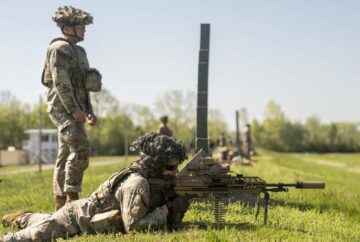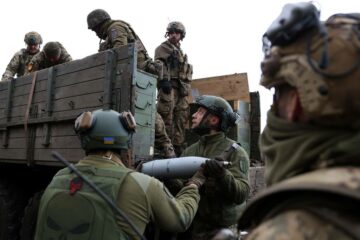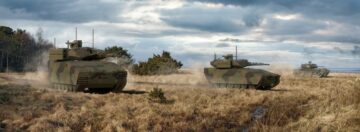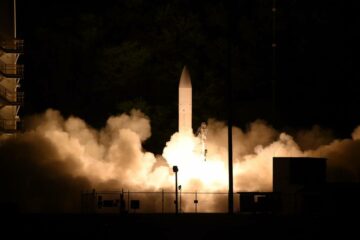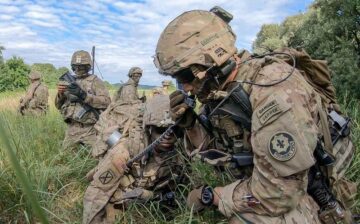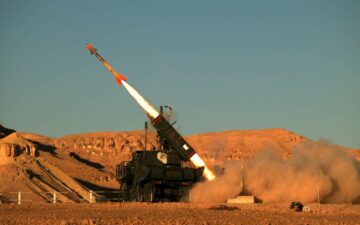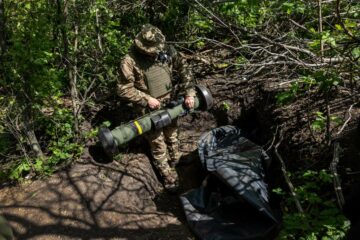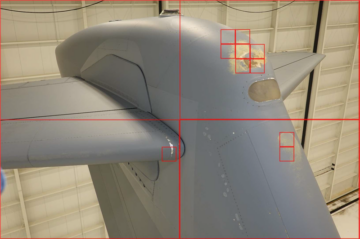SYRACUSE, N.Y. — Lockheed Martin is mulling additional applications and integration for its Q-53 radar, long relied upon by the U.S. Army to spot incoming rockets, artillery and mortars.
The Q-53 has since 2010 been deployed alongside soldiers to detect, classify and determine the impact points of indirect fire. It received extended-range modifications in recent years, and has demonstrated the ability to plug into an Army command-and-control system to help take down drones.
While its origin is tied to counter-insurgency operations, its future is shaped by competition and potential conflict with Russia and China.
“It’s been a product that’s been out there, but we’ve continued to utilize technology enhancements to provide new missions,” David Kenneweg, Lockheed’s program director for multi-mission air defense radars, told reporters during a Nov. 2 tour of the company’s facility in Syracuse, New York.
The Q-53, which replaces the older Q-36 and Q-37, utilizes an active electronically scanned array, or AESA, and is highly mobile. Setup and breakdown take minutes.
RELATED
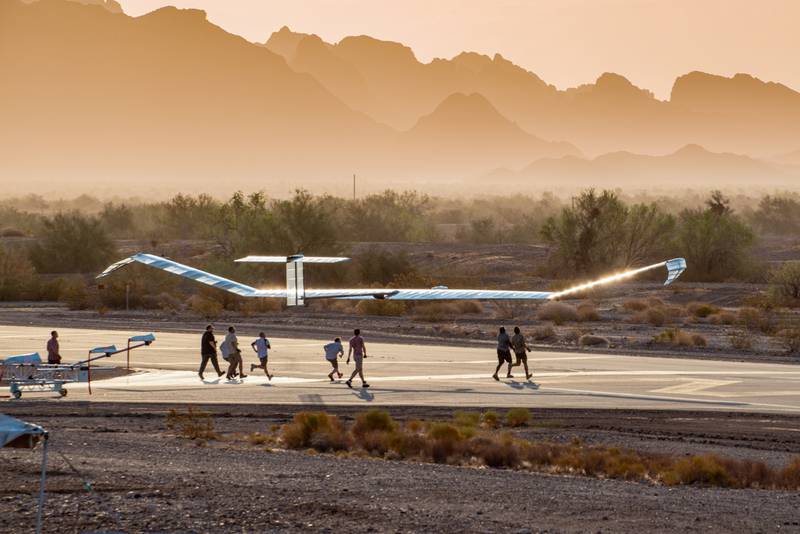
Lockheed has so far delivered more than 190 of the radars to the Army and other buyers. The company in March 2022 won a $3.3 billion Q-53 production contract that covered spare parts, services and deployment to foreign military sales-applicable countries. Kenneweg said there is continued interest for the Q-53 on the international market.
“Its legacy has been counter-fire,” he said. “Now, we’ve got a multi-mission radar that does multiple things.”
In tests last year at Yuma Proving Ground in Arizona, the Q-53 linked with the Army’s Forward Area Air Defense Command and Control system, or FAAD C2, and fed tracking data to RTX’s Coyote Block 2 counter-unmanned aerial systems setup.
Future demonstrations are planned, according to Kenneweg, who declined to provide additional details about timing or complexity. The threat drones pose — spying, targeting assistance, one-way attacks and more — is only ballooning, as is seen in Eastern Europe and the Middle East.
“If you just look at the media and the types of things that are going on, obviously the counter-UAS threat is real,” Kenneweg said. “That’s one of the reasons we’re bringing that mission forward.”
Lockheed is the world’s largest defense contractor when ranked by defense-related revenue, earning roughly $63.3 billion in 2022, according to Defense News Top 100 analysis. The company’s Syracuse facility specializes in radars, other sensors and electronic warfare.
Colin Demarest is a reporter at C4ISRNET, where he covers military networks, cyber and IT. Colin previously covered the Department of Energy and its National Nuclear Security Administration — namely Cold War cleanup and nuclear weapons development — for a daily newspaper in South Carolina. Colin is also an award-winning photographer.
- SEO Powered Content & PR Distribution. Get Amplified Today.
- PlatoData.Network Vertical Generative Ai. Empower Yourself. Access Here.
- PlatoAiStream. Web3 Intelligence. Knowledge Amplified. Access Here.
- PlatoESG. Carbon, CleanTech, Energy, Environment, Solar, Waste Management. Access Here.
- PlatoHealth. Biotech and Clinical Trials Intelligence. Access Here.
- Source: https://www.defensenews.com/intel-geoint/sensors/2023/11/14/lockheed-seeks-expanded-roles-for-q-53-radar-including-drone-detection/
- :has
- :is
- :where
- $3
- 000
- 1
- 100
- 11
- 2010
- 2022
- 30
- 70
- a
- ability
- About
- According
- active
- Additional
- administration
- AIR
- Airbus
- alongside
- also
- an
- analysis
- and
- applications
- ARE
- AREA
- arizona
- Army
- Array
- AS
- Assistance
- At
- Attacks
- award-winning
- been
- Billion
- Block
- Breakdown
- Bringing
- but
- buyers
- by
- Carolina
- China
- Classify
- cold
- company
- Company’s
- competition
- complexity
- conflict
- continued
- contract
- Contractor
- control
- countries
- covered
- covers
- cyber
- daily
- data
- David
- Defense
- delivered
- demonstrated
- Department
- Department of Energy
- deployed
- deployment
- details
- Detection
- Determine
- Development
- Director
- does
- down
- drone
- Drones
- during
- Earning
- East
- eastern
- eastern europe
- Electronic
- electronically
- energy
- enhancements
- Ether (ETH)
- Europe
- expanded
- Facility
- false
- far
- Fed
- Fire
- flight
- For
- foreign
- Forward
- future
- going
- got
- Ground
- he
- help
- highly
- http
- HTTPS
- image
- images
- Impact
- in
- Including
- Incoming
- integration
- interest
- into
- IT
- ITS
- jpg
- just
- largest
- Last
- Last Year
- Legacy
- linked
- Lockheed Martin
- Long
- March
- Martin
- Middle
- Middle East
- Military
- minutes
- Mission
- missions
- Mobile
- Modifications
- more
- multiple
- namely
- National
- networks
- New
- New York
- news
- nov
- nuclear
- Nuclear weapons
- of
- older
- on
- ONE
- only
- Operations
- or
- Origin
- Other
- out
- parts
- photographer
- planned
- plato
- Plato Data Intelligence
- PlatoData
- plug
- pose
- potential
- previously
- Product
- Production
- Program
- provide
- proving
- radar
- ranked
- real
- reasons
- received
- recent
- reporter
- revenue
- roles
- roughly
- Russia
- s
- Said
- Screen
- security
- Seeks
- seen
- sensors
- Services
- setup
- shaped
- since
- single
- So
- so Far
- South
- South carolina
- specializes
- Spot
- spying
- system
- Take
- targeting
- Technology
- Testing
- tests
- than
- that
- The
- There.
- things
- threat
- Tied
- timing
- to
- told
- top
- Tour
- Tracking
- traveled
- types
- u.s.
- upon
- utilize
- utilizes
- war
- Weapons
- when
- which
- WHO
- with
- Won
- world’s
- year
- years
- york
- you
- zephyr
- zephyrnet



